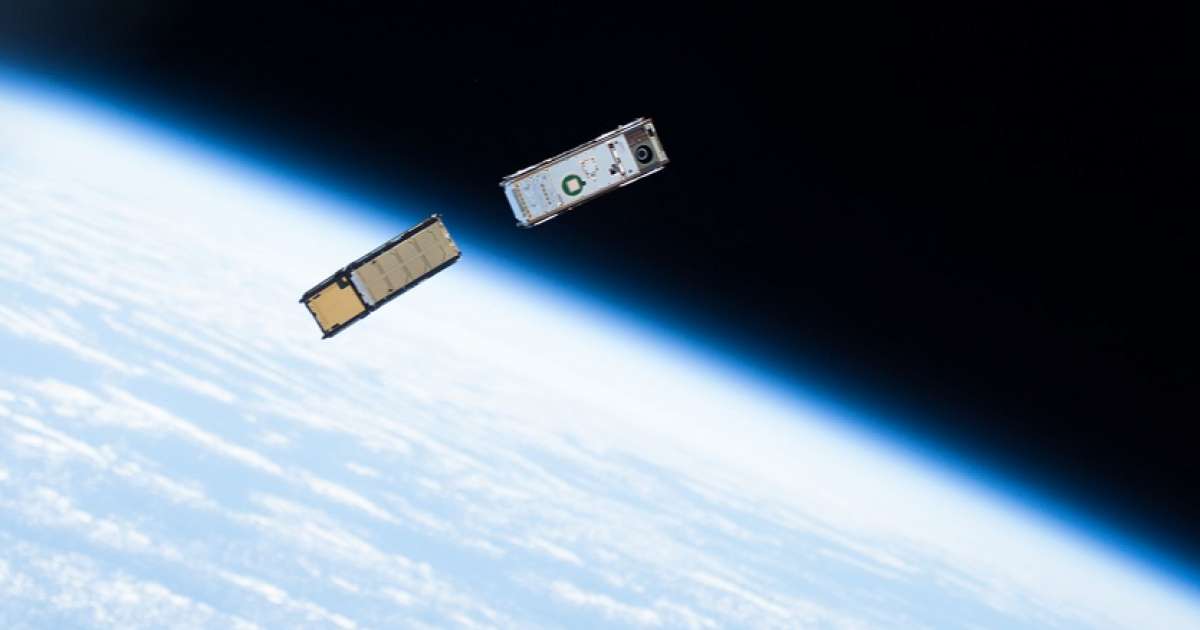For investors who want to invest in the new space race, there are various companies playing different angles – any of which could be the next to rocket higher.
Keeping up with a fast-moving, fast-growing technology-centric industry can be exciting for a diligent investor – whos got time to track which company has won a licence to try and mine the Kuiper Belt or start a colony on the moon?
For those who want to throw a net over the sector rather than fire tracking devices at two or three potential winners, there is the option of the Procure Space ETF (NASDAQ:UFO).
The ETFs tractor beam is locked onto the S-Network Space Index, which is the brainchild of Micah Walter-Range, formerly director of research and analysis at the Space Foundation who has worked with S-Network Global Indexes to launch this space-related index last year.
ProcureAM, led by chief executive Andrew Chanin, blasted off with the Space ETF in April last year, with an expense ratio of 0.75% and an aim to maintain a tight bid-offer spread for investors.
Pure-play space companies and diversified giants[hhmc]
As of late August, the index was made up of 31 companies from five countries, skewed towards pure-play space companies but with a smattering of larger companies that play a large, critical part in the space industry but for which space does not form the majority of their business.
“What was really important for us when finding an index was one that really took a focus on finding these space companies and skewing towards pure-play,” says Chanin.
“There are all types of companies that are involved in the space industry, from your major aerospace conglomerates like Airbus and Boeing (NYSE:BA), and defence contractors like Lockheed (NYSE:LMT) and Northrop (NYSE:NOC), and the like, that are absolutely major players in the space industry but space is not necessarily the driving force.”
To be included in the S-Network Space Index index, a company must have a market cap of at least US$100mln and its shares must trade at least US$100mln per day.
Pure play space companies, which derive over 50% of their revenues from space-related businesses of services, form at least 80% of the index.
This means there is a limit to how much of the index can track the larger, more diversified companies.
“In my mind, its kind of neat that by investing in the fund you're getting exposure to all these companies doing different things and companies doing top-secret military and government programmes as well, with some of the hidden subsidiaries within some of these companies, for example like Lockheeds top-secret program, Skunk Works,” Chanin says.
“But because theyre not pure-play, we didnt want these large conglomerates to drive all the performance of the fund, so thats why we have two tranches of companies.”
Among the other larger names, which to be included in the index must generate at least US$500mln of annual revenues from space or 20-50% of revenues, there are also includes giants of media, construction and packaging, like Comcast Corporation (NASDAQ:CMCSA), Honeywell International Inc (NYSE:HON) and Ball Corporation (NYSE:BLL), which have substantial telecoms or aerospace arms.
The largest pure-play stake is in Maxar Technologies Inc (NYSE:MAXR), the geospatial satellite manufacturing, followed by another satellite company, Loral Space & Communications Inc (NASDAQ:LORL), and Trimble Inc (NASDAQ:TRMB), a developer of software and hardware for navigation and geospatial satellites among other industries.
Other pure-play holdings include space tourism hopeful Virgin Galactic Holdings Inc (NYSE:SPCE), one of the largest holdings, plus GPS specialist Garmin Ltd (NASDAQ:GRMN), Japanese forecaster Weathernews, French satellite player Eutelsat and, one of the latest additions, Italian rocket launcher Avio.
Mining asteroids and colonies on Mars [hhmc]
Further additions to the index are highly likely.
“Its a living breathing index,” says Chanin. “Its rebalanced quarterly, reconstituted semiannually so its constantly looking at all the different things to determine is there a new space company, whether a company acquired or divested new space assets and should be added or excluded from the index.”
When the fund was launched it defined five segments as being space focused: ground equipment manufacturing dependent upon satellite systems; rocket and satellite manufacturing and operation; satellite-based telecoms, like radio, TV and broadband internet; space industry segments, such as space imagery and intelligence services; and more generally space technology hardware.
“When the index was formed, the definition of what is considered a space company was left open-ended, so that down the line other types of industries might be added or future technologies that all may become space-related ones,” Chanin says.
Two years after launch, already two new segments have been added into the index, space tourism, where Virgin Galactic has been added, and space military and defence systems, where various contractors are winning government deals to support schemes like the Space Force.
Gazing not too far into the future, space resource exploration and extraction is one potential sub-sector that could be added, says Chanin, with space colonisation being another.
“Were not quite there yet but these are not that far off,” he adds. “It seems wild, but China is already talking about their plans in the next couple of the years to go to the moon and start building a permanent colony there.”
President Trump alsRead More – Source
[contf]
[contfnew]

Proactiveinvestors
[contfnewc]
[contfnewc]























































